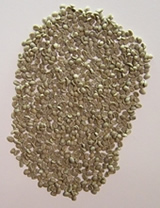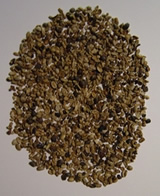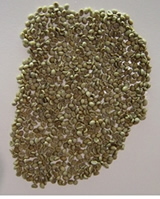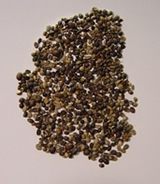Coffee quality improvement Plan in Fine Coffee Raw Bean Market
During the recent collapse in world coffee prices, many exporting countries suffered one of the worst economic crises in years. Coffee farmers have experienced great difficulties, which has led to social problems, political and economic nature. On the other hand, consumers' demand for high-quality coffee is getting higher and higher, but the price of purchasing raw beans is lower, and many coffee farmers are unwilling to grow coffee, resulting in a reduction in the output of high-quality coffee, which has caused a great blow and pressure to the international coffee supply market. It is against this background that the International Coffee Committee adopted Resolution 399 of 24 May 2001 for the first time to encourage ICO member countries to take measures to remove defective coffee from the market, raise the harvest price of high-quality coffee raw beans, encourage coffee growing areas to grow coffee, and international coffee organizations further participate in research to improve the balance between global coffee supply and demand, participate in the elimination of low-grade coffee, and improve the quality of coffee while raising farmers' income. And then meet the export level and quality of the global coffee market.
Coffee quality improvement plan
Arabica, more than 86 defect samples per 300 grams (New York Green Coffee Classification / Brazilian method, or equivalent); and Robusta, more than 150 defects per 300 grams (Viet Nam, Indonesia or equivalent)
Arabica and Robusta, with a moisture content of less than 8% or more than 12.5%, are measured using the ISO6673 method.
CQP also envisages an alternative to the use of substandard development coffee.
CQP aims to improve the balance between supply and demand and accelerate market maturity by providing a better coffee standard. The main reason for the deterioration of quality is the decline in the output of boutique coffee production, and good understanding of boutique coffee has been mixed into inferior commercial coffee, resulting in the decline of the world coffee price and quality, and the coffee market has stopped the pace of development.
Arabica (high quality raw beans on the left and inferior raw beans on the right)


Robasta (left for high-quality raw beans, right for low-quality raw beans)


Important Notice :
前街咖啡 FrontStreet Coffee has moved to new addredd:
FrontStreet Coffee Address: 315,Donghua East Road,GuangZhou
Tel:020 38364473
- Prev

Is coffee good or bad for health? Coffee can prevent diabetes
There is a continuing debate about whether coffee is good or bad for health. A new Harvard University study published in the journal Diabetes found that drinking three cups of coffee a day can reduce the risk of type 2 diabetes. What is diabetes? Diabetes is a group of metabolic diseases characterized by high blood sugar.
- Next

The Chinese champion in the WBC barista contest
Do you know that Hong Jie (that is, Popo), the champion of the 2012 China Barista Competition? Is one of our heroes. When he participated in the Vienna World Barista Competition in 2012, the beans he decided to use were not rare beans with a lot of silver from the world-famous 1KG, nor wild bourbon found when traveling around the world, but Manlaojiang Chinese beans, which were not well-known at that time.
Related
- Beginners will see the "Coffee pull flower" guide!
- What is the difference between ice blog purified milk and ordinary milk coffee?
- Why is the Philippines the largest producer of crops in Liberia?
- For coffee extraction, should the fine powder be retained?
- How does extracted espresso fill pressed powder? How much strength does it take to press the powder?
- How to make jasmine cold extract coffee? Is the jasmine + latte good?
- Will this little toy really make the coffee taste better? How does Lily Drip affect coffee extraction?
- Will the action of slapping the filter cup also affect coffee extraction?
- What's the difference between powder-to-water ratio and powder-to-liquid ratio?
- What is the Ethiopian local species? What does it have to do with Heirloom native species?

